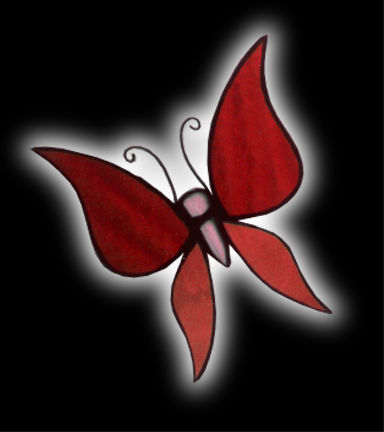Butterflies are notable for their usual life cycle—proceeding from the larval stage as caterpillars through a pupic metamorphisis into their winged adult form. The patterns formed by their brightly colored wings and their erratic-yet-graceful flight has made butterfly watching a popular hobby.
Butterflies live primarily on nectar from flowers. Some also derive nourishment from pollen, tree sap, rotting fruit, dung, and dissolved minerals in wet sand or dirt. Butterflies play an important ecological role as pollinators.
As adults, butterflies are able to consume liquids only by means of their proboscis. They regularly feed on nectar and sip water from damp patches. This they do for water, for energy from sugars in nectar and for sodium and other minerals which are vital for their reproduction.
Butterflies sense the air for scents, wind and nectar using their antennae. The antennae come in various shapes and colors. The hesperids have a pointed angle or hook to the antennae. Some butterflies, such as the Monarch butterfly, are migratory.
Information source: Wikipedia





